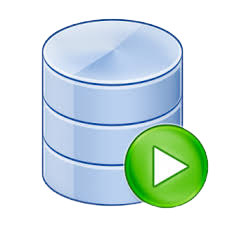SQL
A language for accessing databases
Introduction to SQL
SQL (Structured Query Language) is a standard programming language used to manage and manipulate relational databases. It is widely used for accessing, querying, and updating data in databases.
Why Learn SQL?
- SQL is essential for interacting with databases in web and app development.
- It is platform-independent and works with most database management systems (DBMS).
- SQL simplifies data management through commands like SELECT, INSERT, UPDATE, and DELETE.
- It is a valuable skill for developers, analysts, and database administrators.
Core Features of SQL
- Data Querying: Use SELECT statements to retrieve data from databases.
- Data Manipulation: Perform operations like INSERT, UPDATE, and DELETE to manage data.
- Data Definition: Define database schema and structures using CREATE, ALTER, and DROP.
- Data Control: Control access and permissions with GRANT and REVOKE.
How to Get Started with SQL
- Choose a Database Management System (e.g., MySQL, PostgreSQL, or SQLite).
- Install the DBMS on your local machine or use a cloud-based solution.
- Learn basic SQL commands like SELECT, INSERT, and UPDATE.
- Practice by creating tables, inserting data, and writing queries.
FAQs
-
What is SQL?
SQL is a programming language used to manage and manipulate relational databases.
-
Is SQL a programming language?
Yes, SQL is a specialized programming language for database management.
-
What is the difference between SQL and NoSQL?
SQL is used for relational databases, while NoSQL is designed for non-relational or unstructured data.
-
Can I use SQL without a database?
No, SQL is designed to interact with relational databases and requires a DBMS to function.
-
Is SQL easy to learn?
Yes, SQL is beginner-friendly and has a simple syntax, making it easy to learn.

 HTML
HTML CSS
CSS Javascript
Javascript PHP
PHP Bootstrap
Bootstrap SQL
SQL Jquery
Jquery Codeigniter
Codeigniter Machine Learning
Machine Learning